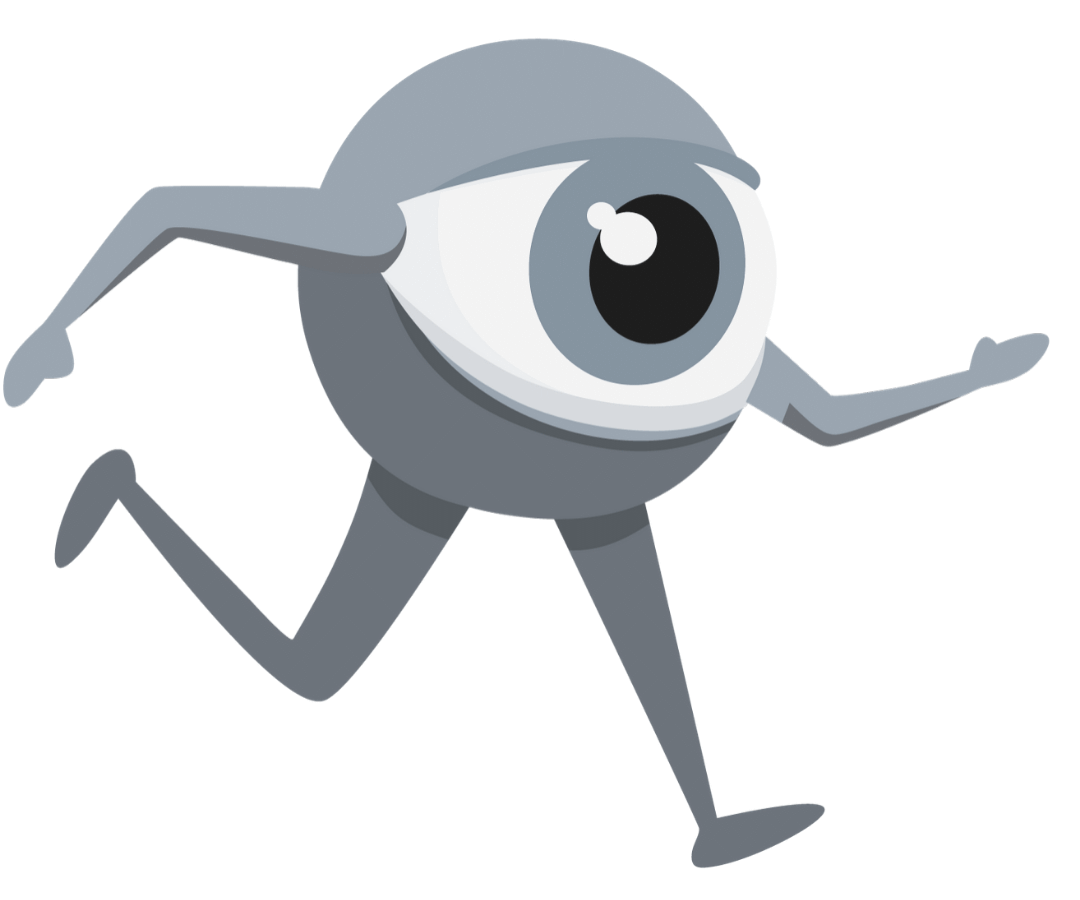
26 May Improve vision with Vision Training
Vision Training can significantly improve eye problems such as astigmatism, myopia or presbyopia and improve vision in general.
Vision Training: Improve vision with targeted exercises
Our eyes are the gateway to the world, capturing many beautiful moments in life – whether it’s a heartwarming smile or an idyllic sunset etched in our memory. Many people struggle with declining vision and eye problems, but these can be improved with targeted Vision Training. Whether your eye problems are caused by astigmatism, nearsightedness or farsightedness, Vision Training can help you to improve your vision, as well as regain your natural vision.
Even if your eye problems are caused by stress or triggered by work at the PC.

Alleviate eye problems and improve vision through Vision Training
When it comes to Vision Training, it is important to get the tips and information you need, and to understand that everyone can control their own vision. Only those who use the exercise program regularly can achieve visible results and reduce their vision problems. Some people achieve a considerable and, above all, measurable improvement in their vision of 10 to 20 percent after just a few days of Vision Training. In some cases, eye exercises have to be done over a longer period of time. But in the end, it’s the results that count – your eyes will show you that they can improve with eye training, including restoring your ability to read at close range. In the following article we will explain what you can look for in our Vision Training program and how quickly you can expect to see the first results from completing the vision exercises.

Improve vision through Vision Training – the difference to wearing glasses or contact lenses
Eyeglass lenses and contact lenses do not contribute to a cure because they do not correct the cause of poor vision. Wearing a visual aid, such as glasses or contact lenses, only serves to correct the defective vision of the eyes. It does not improve or restore vision. Your eye problems will continue to exist.
Vision Training is different. By constantly repeating specific exercises for the visual system, you can regain natural vision.
H2: Less eye problems through Vision Training – the difference with laser surgery
Laser eye surgery is an invasive, tissue-damaging procedure that is not without risk. The slightest mistake could lead to eye problems that are more serious. Finally, during eye correction surgery, a laser is used to remove some of the corneal tissue. The cornea is the glassy, outer part of the eye that provides 80 percent of the ability to focus. If a few micrometers of the cornea are removed, it will have a major impact on vision, but will not change the fact that you are nearsighted or are otherwise defective in vision. In addition, visual defects and even myopia are usually not static, but frequently worsen. In many cases, after laser surgery, vision diminishes again and eye problems worsen again.
A much better and most importantly low-risk alternative is Vision Training, as this method both stimulates and challenges the entire visual system.
Signs of eye problems
Only those who are healthy are able to perform to their full potential.
This is not only true in sports or on the job – it also refers to your most important sensory organ – your eyes.
Therefore, it makes sense and is advisable to act quickly whenever there is a change. Sometimes it is just overtiredness. But it is also possible that your eyes are beginning to weaken.
We’ll give you five indicators that point to a deterioration of your sensory organ:
1. frequent squinting of the eyes.
Have you recently had to squint your eyes more often to see better? This could be an initial sign of nearsightedness. Squinting makes the eyeball flatter and the focal point fall more accurately on the retina, improving your vision. However, not without consequences: It’s very tiring for your eyes.
2. difficulty reading small print
 As soon as you need more light to read small print and have to hold the text further and further away, this is usually the first sign of incipient presbyopia. If you don’t do anything about it, you will need larger and larger print over time and your near point of sharp vision will move further and further into the distance.
As soon as you need more light to read small print and have to hold the text further and further away, this is usually the first sign of incipient presbyopia. If you don’t do anything about it, you will need larger and larger print over time and your near point of sharp vision will move further and further into the distance.
3. seeing shadows or distortions
Seeing shadows or distortions indicates a corneal curvature. If the cornea is in its natural dome shape, a focal point is created on the retina during vision. In the case of a corneal curvature, however, instead of one focal point, two focal lines are perceived, which in turn leads to the above-mentioned symptoms. It is possible to have astigmatism at different angles and distances, in different degrees or in only one eye.
4. strained eyes
Do your eyes feel strained and tired after hours of PC work? It is quite possible that they are overstrained. Nowadays, this is not surprising, after all, the high-tech environment puts more strain on our sensory organs than ever before. We use every free minute – whether waiting at the bus stop or during our lunch break – to read emails, write text messages or pass the time playing mobile games. Even in the evening, when we’re relaxing on the sofa with a book or a movie, our eyes are still working, even though they desperately need their time out.
5. vision problems while driving
 Impaired vision can also limit your ability to drive, which in turn can endanger traffic safety. It becomes particularly borderline in the dark. Anyone who sees road signs out of focus or is extremely blinded by headlights could be suffering from defective vision. Depending on the symptoms, this can be caused by nearsightedness, astigmatism, stressed, strained eyes and fatigue. Several causes are also possible at the same time.
Impaired vision can also limit your ability to drive, which in turn can endanger traffic safety. It becomes particularly borderline in the dark. Anyone who sees road signs out of focus or is extremely blinded by headlights could be suffering from defective vision. Depending on the symptoms, this can be caused by nearsightedness, astigmatism, stressed, strained eyes and fatigue. Several causes are also possible at the same time.
Should you have found yourself between the lines and one or the other point applies to your eyes, then it is high time to do something about it:


